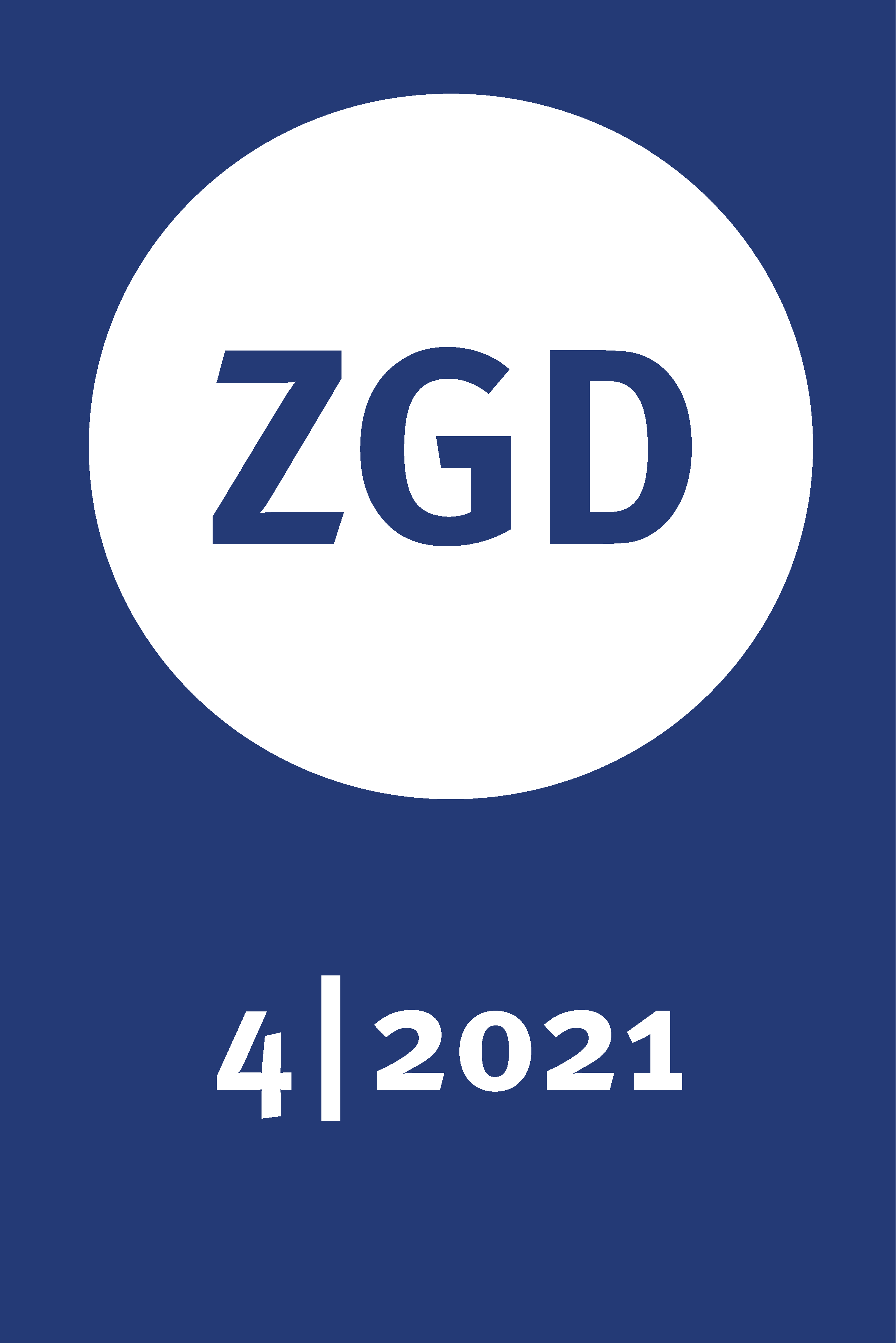Vol. 49 No. 4 (2021): 4|2021

In his introductory paper, Simon Catling addresses the numerous challenges Geography posits to young learners and their teachers. He derives a list of urgent and relevant research fields in need of further consideration to strengthen Primary Geography. Marian Blankman’s contribution showcases why the dialogue between Primary Geography and Children’s Geographies is a fruitful and necessary endeavor. Looking at children’s voices from two Dutch schools from quite heterogenous urban areas, Blankman reflects on the meaning of the everyday environment for the children. In doing so, the paper leaves the realm of cognition and delves into emotion, place attachment, and insideness.
Paula Juliasz reflects, in a more conceptual manner, on the role of drawing for spatial thinking. Including the Brazilian perspective, the author offers alternatives to how map based approaches across the world shape Primary Geography. Finally, Bagoly-Simó and Binimelis analyze Catalan and German primary textbooks to explore cartographic content and map-skill progression in the early years. In doing so, they focus on the interconnectedness between content, subject-specific knowledge, and map-skill acquisition. The results illustrate alternative ways of introducing maps and map skills in Primary Geography.






